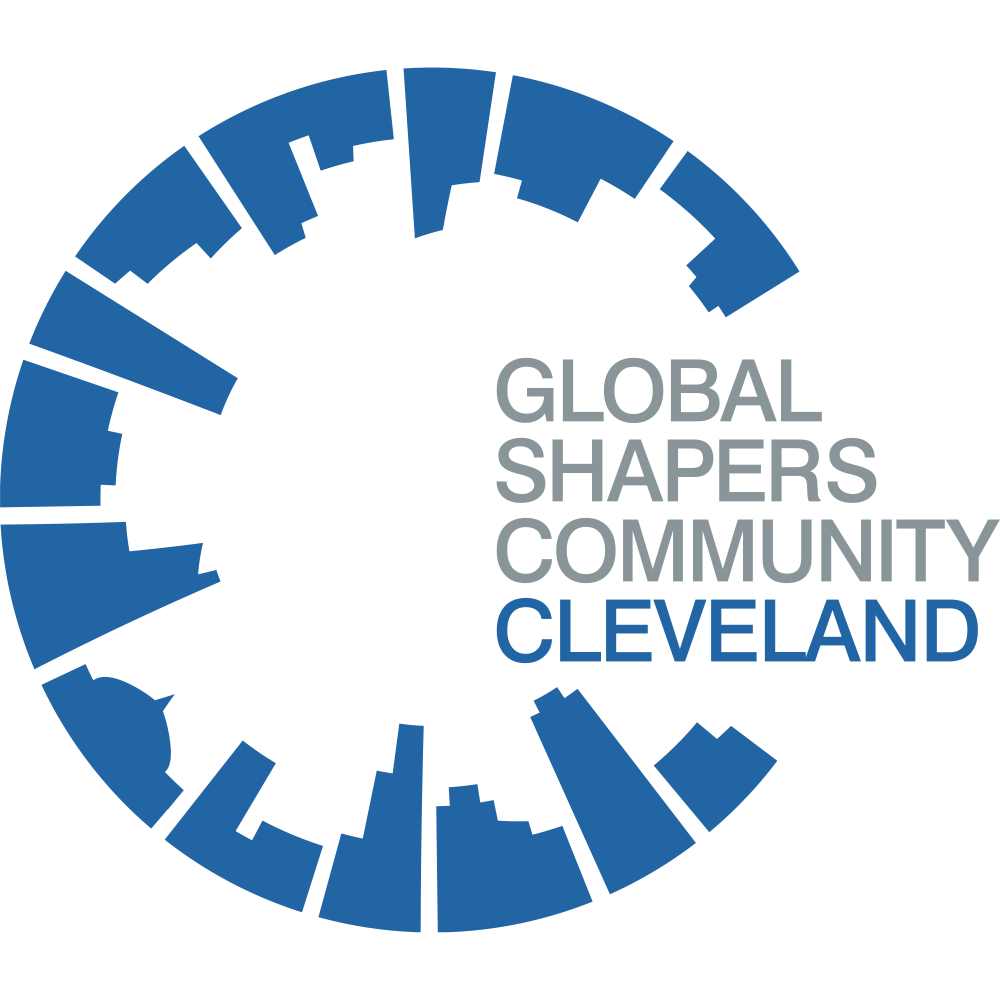Fair Housing for All
Creating an interactive exhibit to educate renters and landlords. Using a data-driven approach, the exhibit will provide historical context and is the first tool in developing an anti-bias, human-centered screening model.
Leader
Jonathan Steirer
Location
Address TBD Various Cleveland Neighborhoods, OH 44102
About the project
Earlier this year, the Fair Housing Center for Rights and Research tasked the Cleveland Global Shapers with the challenge to analyze the civil rights impacts of renter discrimination and develop a bias-free tenant screening model that could be implemented in the City of Cleveland. Throughout our research and development of this model, we found that education was one of the most lacking components - both in terms of tenants understanding their rights and landlords understanding the barriers which tenants may face. Additionally, despite the availability of expansive studies, people are generally unaware of how metrics such as credit score, eviction history, and justice involvement do not necessarily indicate how successful someone may be as a tenant.
We are creating an interactive educational exhibit to address this information gap. This exhibit will serve three primary purposes
1. Provide historical context - how did fair housing protections develop and how do they relate to Cleveland?
2. Educate renters on their rights - what protections do renters have and what is not protected? How does one even navigate the legal system?
3. Educate landlords on the experiences of renters and help shift how they view what makes a "good" tenant - build empathy and provide a space where we can change perceptions.
The exhibit will conclude by presenting attendees the option to play The Game of Rent, a role-playing game developed by Kelsey Oesmann of Nashville, TN that presents the challenges of renting.
Additionally, we plan to create a distilled version of this exhibit which can be packaged and presented at events such as housing clinics or landlord trainings.
The Steps
1. The first step, which we have already begun, is to aggregate existing research and data which can inform the educational backbone of the exhibit. This research includes things like recidivism rates, causes for eviction, and disparate impact of certain screening methods.
2. Conduct interviews. The team will use people's lived experiences to help build a grounded, human-centric exhibit that is reflective of the realities of living in Cleveland.
3. Acquire an exhibit space and build out the exhibit. While the above two steps are each in progress, we hope to start producing exhibit materials immediately in April with the exhibit operational by the end of the month.
Why we‘re doing it
Stable housing is the necessary foundation for success. Everyone deserves a fair chance at accessing housing. Through our research, we have identified different points at which people are barred from accessing housing because of their past, even when their past does not have any bearing on how successful they may be in the future. This exhibit is a way to begin breaking down stigmas, barriers, and to begin building empathy in the community while changing the lives of everyday Clevelanders.

